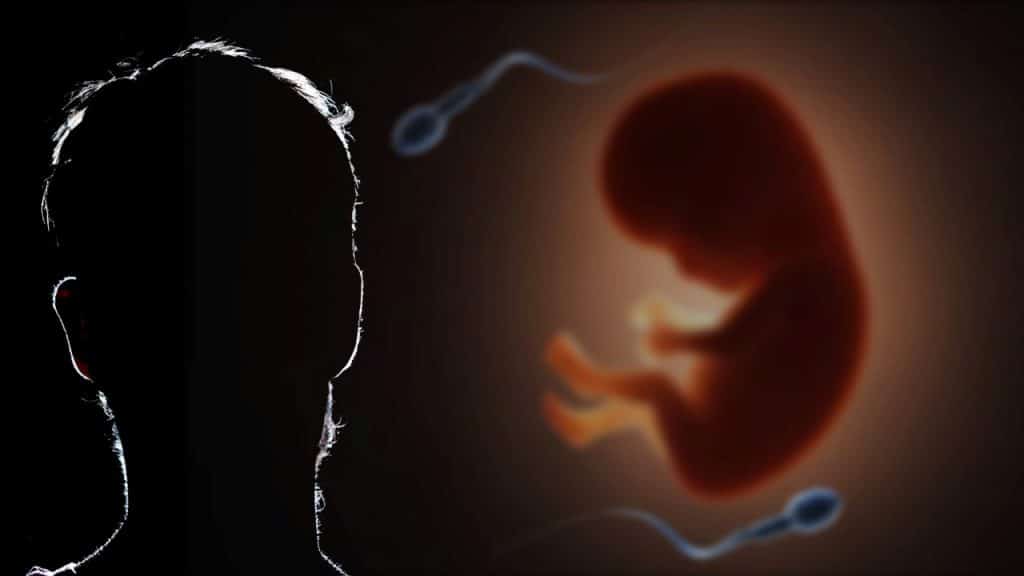
A worldwide decline in sperm counts of more than 50% over the past 46 years has been identified by a team of international researchers has identified, and the decline has accelerated since the year 2000, according to a paper published Tuesday in the journal Human Reproduction Update. “We have a serious problem on our hands that, if not mitigated, could threaten mankind’s survival,” said Professor Hagai Levine.
The study comes on the same day the world’s population hit 8 billion people according to the UN’s estimate. But all signs point to a slowing of the overall population growth rate. It took 12 years for the world’s population to increase from 7 billion to 8 billion, but it’s expected to take another 15 years for it to reach 9 billion.
Data from 1973 to 2018 showed sperm counts dropped on average by 1.2 percent per year. Data from after the year 2000 showed a decline of more than 2.6 percent per year.
“Overall, we’re seeing a significant worldwide decline in sperm counts of over 50% in the past 46 years, a decline that has accelerated in recent years,” the lead researcher and professor at the Hebrew University of Jerusalem’s Hadassah Braun School of Public Health, Hagai Levine, said in a statement.
It shows for the first time that men in Latin America, Asia, and Africa share a similar decline in total sperm counts and concentration as previously observed in Europe, North America, and Australia.
The more recent study, to build on previous findings, looked at South America, Asia, and Africa to understand the decline in sperm counts across the world. Using samples from over 57,000 men across 53 countries, combined with statistics used in prior studies, researchers found that men in those regions have also experienced a significant decline in sperm count as those in the previous study.
While their research did not explore the causes of this drop in sperm counts, the authors say it reflects «a global crisis related to our modern environment and lifestyle,» and they point to the disrupting role of chemicals on our hormonal and reproductive systems.
Recommended: Nurses protest to increase salary in the U.K
They explain that above a threshold of 40–50 million/ml, a higher sperm count does not necessarily imply a higher probability of conception.
“On a population level, the drop in mean [sperm concentration] from 104 to 49 million/ml that we report here implies a substantial increase in the proportion of men with delayed time to conception,” researchers wrote in the study. “Thus, [sperm concentration] provides the most stable and reliable measurement for comparisons within and among populations and over time.”
The researchers say that while sperm counts are “an imperfect proxy for fertility,” they are closely linked to fertility chances.
The researchers say that while sperm counts are “an imperfect proxy for fertility,” they are closely linked to fertility chances.
Recommended: A catastrophe in Haiti due to cholera
The fact that these findings were confirmed across the rest of the world points to a global crisis that could be compared to climate change, according to Levine.
«As in climate change, the impact could be different in different places, but generally the phenomenon is global and should be treated as such,» he added. “It looks like a pandemic. It’s everywhere. And some of the causes may stay with us for a very long time».
The authors warn that the mean sperm count has now dropped dangerously close to the threshold that makes conception more difficult, meaning couples around the world may encounter problems having a baby without medical assistance.





